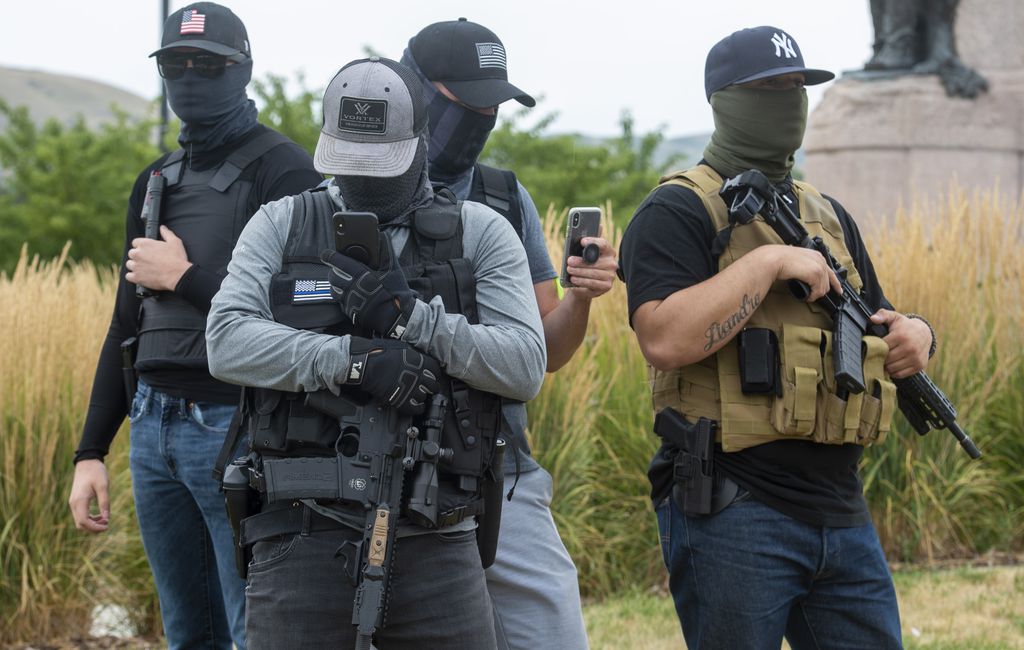More and More Judges Limit Cops’ Authority to Stop and Frisk Armed and Dangerous Individuals
Judges increasingly rule that armed people frisked by police are not dangerous, reflecting gun rights laws that allow countrywide carrying of concealed weapons in public.
Judge Jeffrey Sutton wrote in 2015 for the Sixth Circuit that a Toledo, Ohio, man can sue a city police officer for detaining him for openly carrying a semiautomatic handgun in his neighborhood. Ohio doesn’t require gun owners to produce or even carry their licenses.
Shawn Northrup and his wife were walking their Yorkshire terrier with their daughter and grandson when a motorcyclist challenged him for carrying a gun and called 911.
The assumption that mere possession of a firearm constitutes a crime is crumbling. Jeffrey Bellin, William & Mary Law School
“Ohio law permits the open carry of firearms. . . .and thus permitted Northrup to do exactly what he was doing,” Sutton wrote.
Courts in Arizona, Idaho and New Mexico have also found that having a gun isn’t enough on its own to conclude that someone is dangerous.
All but three states and the District of Columbia allow people to openly carry firearms in public, according to the Giffords Law Center to Prevent Gun Violence. The exceptions are Florida, Illinois and California.
“The assumption that mere possession of a firearm constitutes a crime is crumbling,” said Jeffrey Bellin, a law professor at William & Mary Law School.
Giffords says open carry laws create confusion for police responding to shootings and endanger public safety.
Under the Fourth Amendment, passed as part of the Bill of Rights, people are protected from unreasonable searches and seizures. The Fourth Amendment is based on colonists’ experience with smuggling investigations. Courts have interpreted this right to apply to everything from hidden cameras to searches for guns.
In 1968, when it was illegal for anyone in Ohio besides a police officer to carry a concealed firearm, the Supreme Court decided that the Fourth Amendment applied to stop-and-frisk searches. Cleveland police detective Martin McFadden testified he saw John Terry and another man who looked like they were casing a jewelry store to rob it.
McFadden stopped Terry and searched him, finding a .38-caliber revolver in his coat pocket. McFadden also found a gun on another man. In an 8-1 decision, the Supreme Court upheld the search, writing that police could search a suspect if the officer has “reason to believe that he is dealing with an armed and dangerous individual.”
Police have used stop and frisk to target minorities. In New York City, more than 80% of the 4.4 million stops police made from January 2004 to June 2012 were Blacks or Hispanics. Only 10% of the people stopped were white.
Weapons were seized in about 1% of the stops.
In Philadelphia, cops are three times as likely to stop Black people while either walking or driving than white people.




